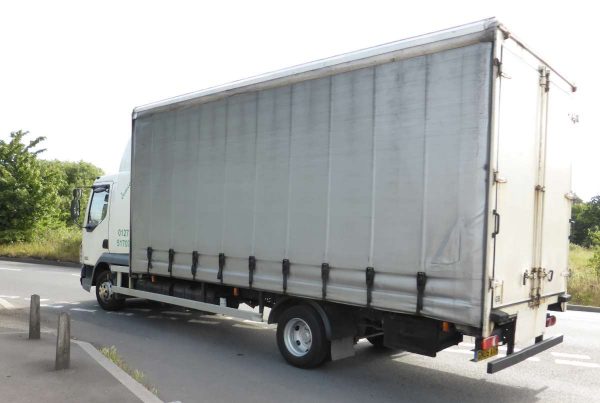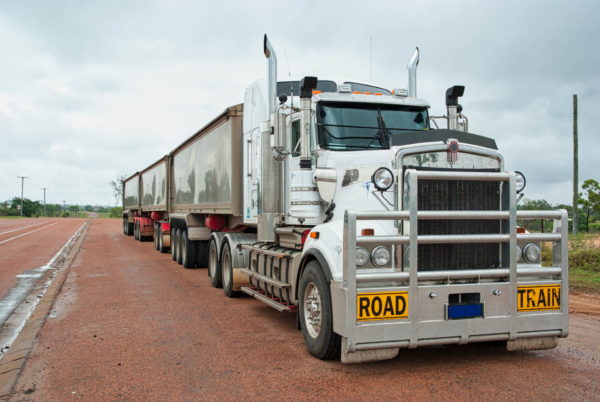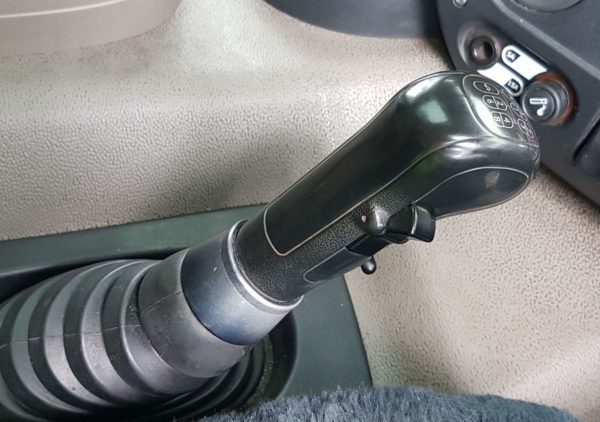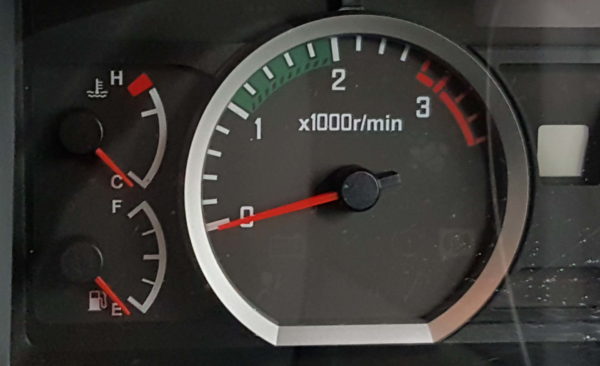When a large lorry pulling a heavy load gets a green light it seems like they have changed three or four gears before they are even through the junction. But not all lorries are like this.

A smaller rigid lorry will have a gearbox similar to a car, albeit with components that are more durable. It will have five or six forward gears and one reverse gear. The next level up is between six and 13 gears and for the largest lorries, up to 18 forwards gears and 4 reverse gears (you can learn how to use a truck gearbox here).

Lorries need torque
Torque is the turning force of the wheels. An engine produces torque in a narrow band of revs – only 500-800 revs per minute. Lorries need low gears with high gear ratios to provide massive torque to get the load moving, but the difference in speed from the bottom to the top of that rev range in a low gear is not very much – perhaps 3-5mph. As the truck gets moving, the gear ratios change and the speed difference between the lowest practical rpm and the highest practical rpm increases. You can see this when you’re driving your car: you might get 0-30mph out of first gear, but sixth gear will only be good for 25-100mph (or higher, depending on your car). Sixth gear in a car isn’t designed for massive acceleration, it’s designed to keep you moving at an efficient rpm once you are up to speed.
This is done with gear ratios. For example, the gear ratio of the first gear in a lorry’s gearbox could be 15:1 whereas the final gear ratio could be 1:1.

Block shifting
When pulling a light load, drivers don’t need to work their way up or down all the gears and they will skip gears. For example, start in third, then to fifth, then to seventh and so on. This is called block shifting.
Starting in a higher gear is smoother and reduces the chance of wheelspin. Block shifting also creates less wear and tear on the gearbox and clutch.
To summarise, lorries need more gears because:
- Diesel engines have a low rev range – up to around 2500-3000rpm
- High torque figures are achieved in a narrow rev range within this maximum rev range – usually a band of around 500-800rpm
- Heavy loads mean ‘short’ gear ratios are needed, i.e. there’s not much speed gain in each gear

More and more lorries have automatic gearboxes, so the skill of choosing and changing gear is being lost in a new generation of drivers.
